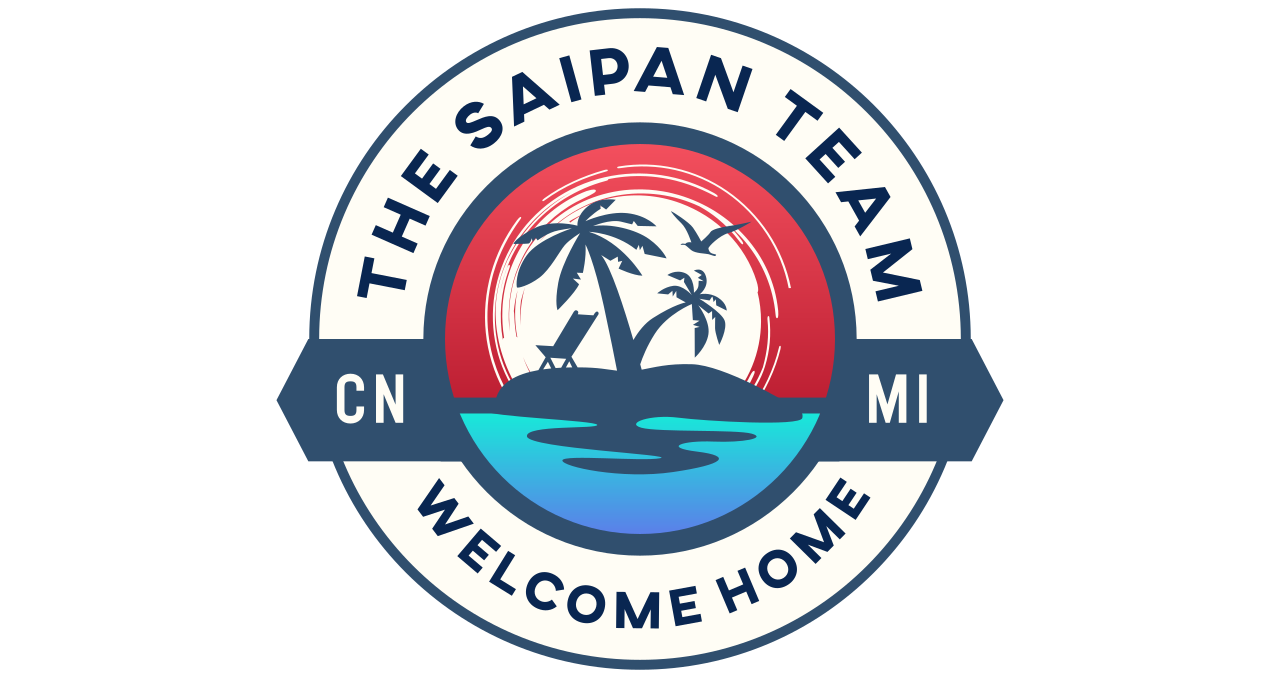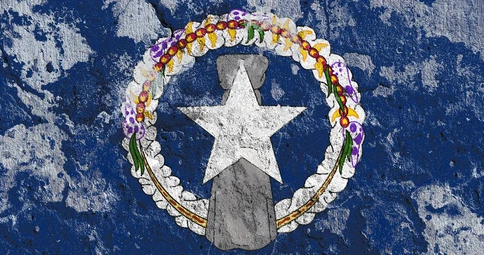Government
The Northern Mariana Islands have a multiparty presidential representative democratic system. They are a commonwealth of the United States. Federal funds to the commonwealth are administered by the Office of Insular Affairs of the U.S. Department of the Interior.
Replicating the separation of powers elsewhere in the United States, the executive branch is headed by the governor of the Northern Mariana Islands; legislative power is vested in the bicameral Northern Mariana Islands Commonwealth Legislature and the judicial power is vested in the CNMI Supreme Court and the trial courts inferior to it.
Economy
The Commonwealth of the Northern Mariana Islands benefits from its trading relationship with the federal government of the United States and cheap trained labor from Asia. Historically, the CNMI’s economy has relied on tourism, mostly from Japan, and on the garment manufacturing sector. The economy has declined since quotas were lifted in 2005, eventually leading all the garment factories on Saipan to close by February 2009. Tourism also declined after 2005 when Japan Airlines stopped serving the Marianas.
Agricultural production, primarily of tapioca, cattle, coconuts, breadfruit, tomatoes and melons, is relatively unimportant in the economy, representing only 1.7% of CNMI GDP as of 2016. It remains important for the community, and the Marianas with their thousands of cattle and rich soils are important for feeding the region, with Tinian being known as the breadbasket of the Marianas. The cattle herds in the CNMI supply beef not only locally but also to Guam, Palau, and Micronesia. Some of the cattle breeds on Tinian in the 21st century include Senepol, Brangus (Brahman X Angus), Red Angus, and American Brahman, and various modern ranching techniques are utilized.
Non-native islanders are not allowed to own land, but can lease it.
Tourism
Tourism is popular and several hundred thousand people in a typical year will visit the CNMI, and one of highest years was 1997 when over 700 thousand visited the islands] Activities known to popular are jungle hikes, golfing, diving, and historical sites such as prehistoric stones. One of the golf courses was designed by professional champion golfer Greg Norman. A tourism hot spot is Managaha Island, which must be accessed by ferry and has various bbq vendors, water sport activities, and has wide sandy beaches surrounding a tropical forest. Tourists from the U.S. do not need a VISA, while there those from other countries that qualify for ESTA or the Guam-CNMI Visa Waiver Program can usually stay for up to 45 or 90 days.
Courtesy of Wikipedia


